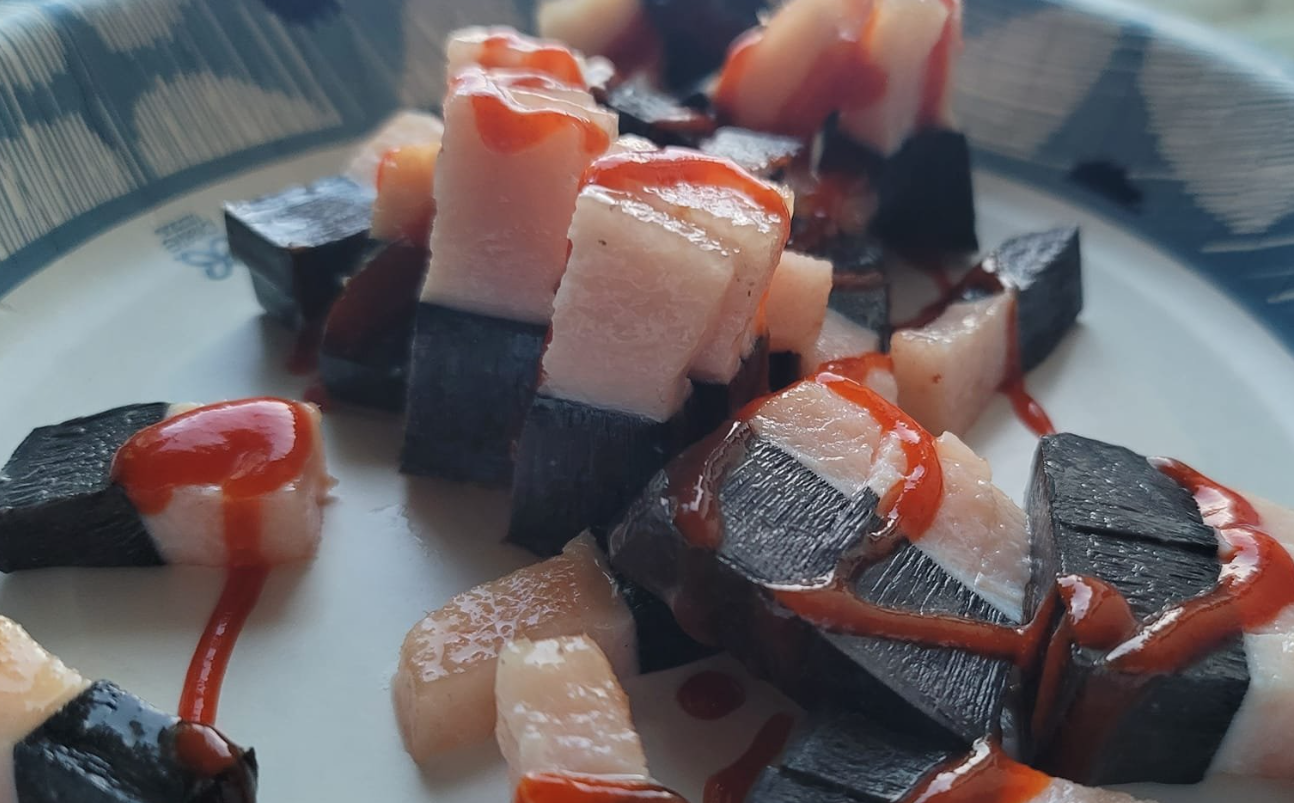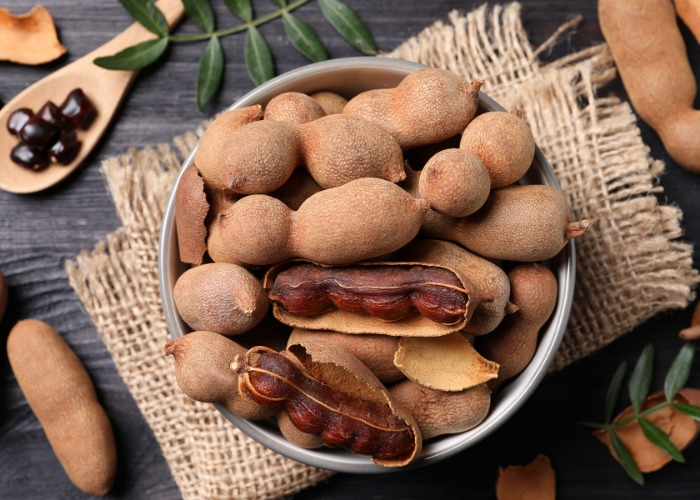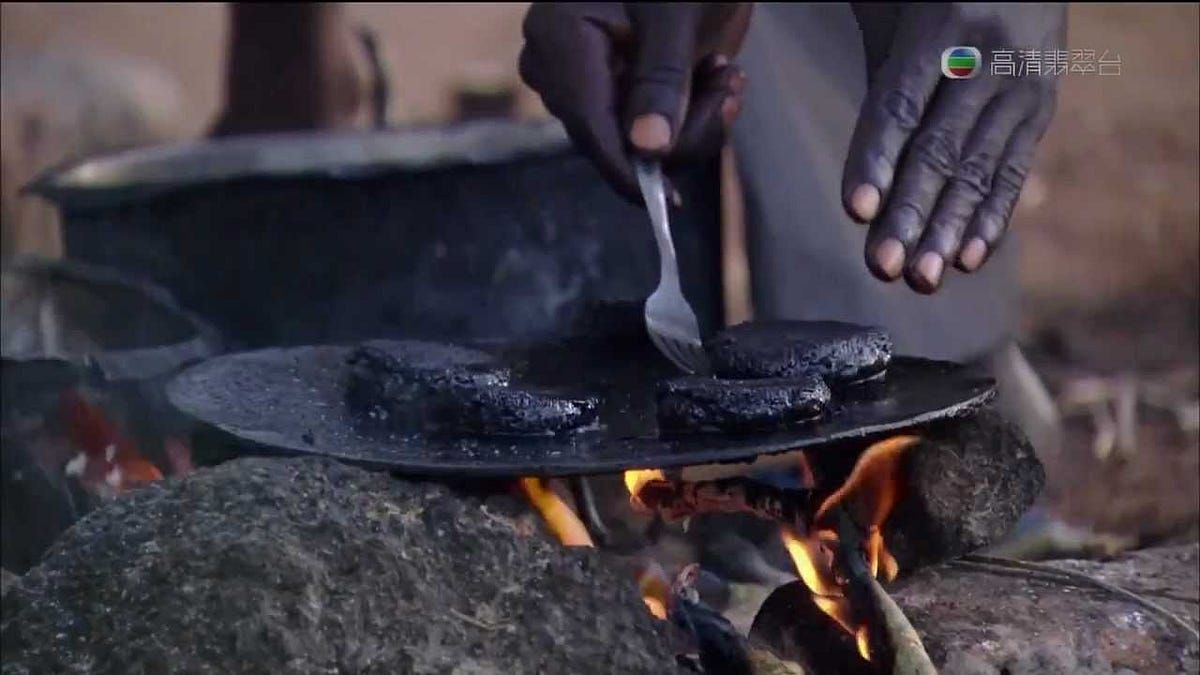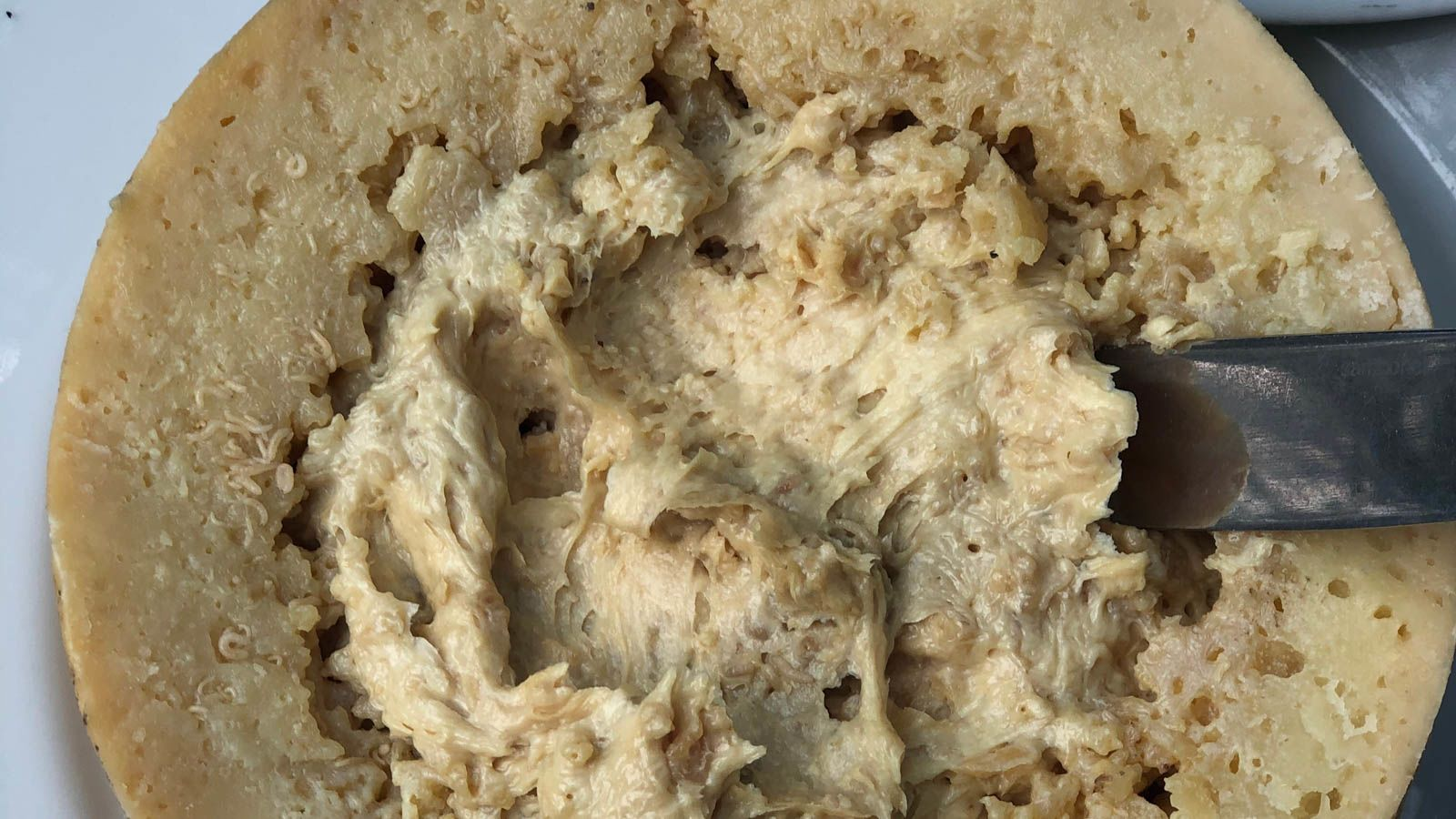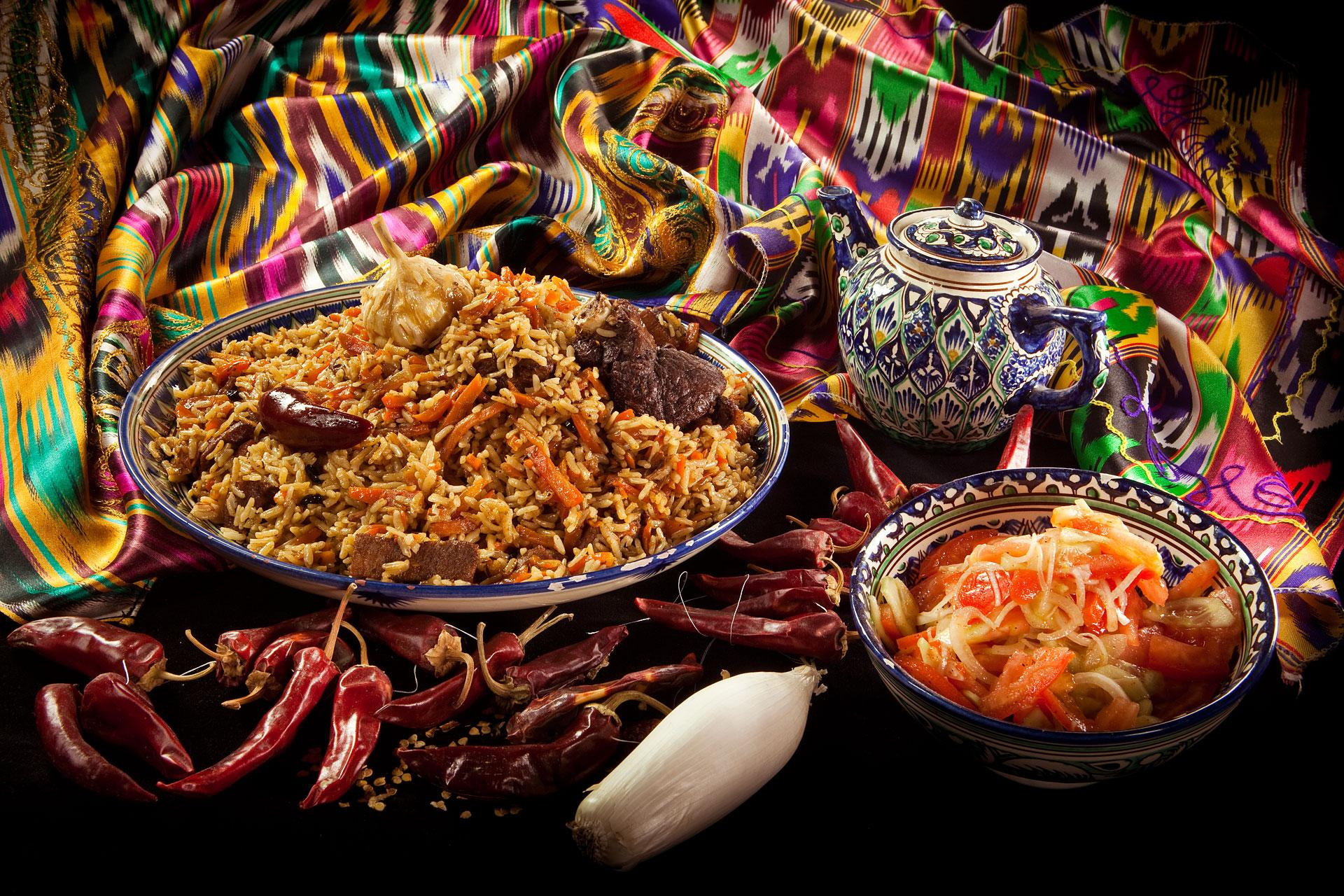innovuscollege.com – Muktuk, a revered Inuit delicacy, is the skin and blubber of whales—bowhead, beluga, or narwhal—sliced into bite-sized pieces. A cornerstone of Arctic cuisine, it’s more than sustenance; it’s a cultural emblem of survival and community. Eaten raw, frozen, or pickled, muktuk’s chewy skin and oily, nutty blubber offer a unique taste, often paired with soy sauce or HP Sauce. In Greenland, it’s called mattak and sold commercially; in Canada, muktaaq is shared among communities.
Rich in vitamin C (up to 38 mg per 100g), muktuk historically prevented scurvy in sunless Arctic winters, while its vitamin D and omega-3 fatty acids supported bone health and heart function. The dish reflects Inuit respect for whales, tied to legends like Sedna, the sea goddess, emphasizing ethical hunting and using every part of the animal.
Prepared traditionally with an ulu knife, muktuk is shared at gatherings, reinforcing social bonds. Modern methods include boiling or pickling to soften its texture. Yet, challenges loom: mercury and cadmium in whale blubber pose health risks, prompting moderation, especially for pregnant women. Climate change and whaling regulations also threaten sustainable harvests. Despite this, muktuk endures as a symbol of Inuit resilience, connecting generations to their heritage and the Arctic’s harsh beauty.

